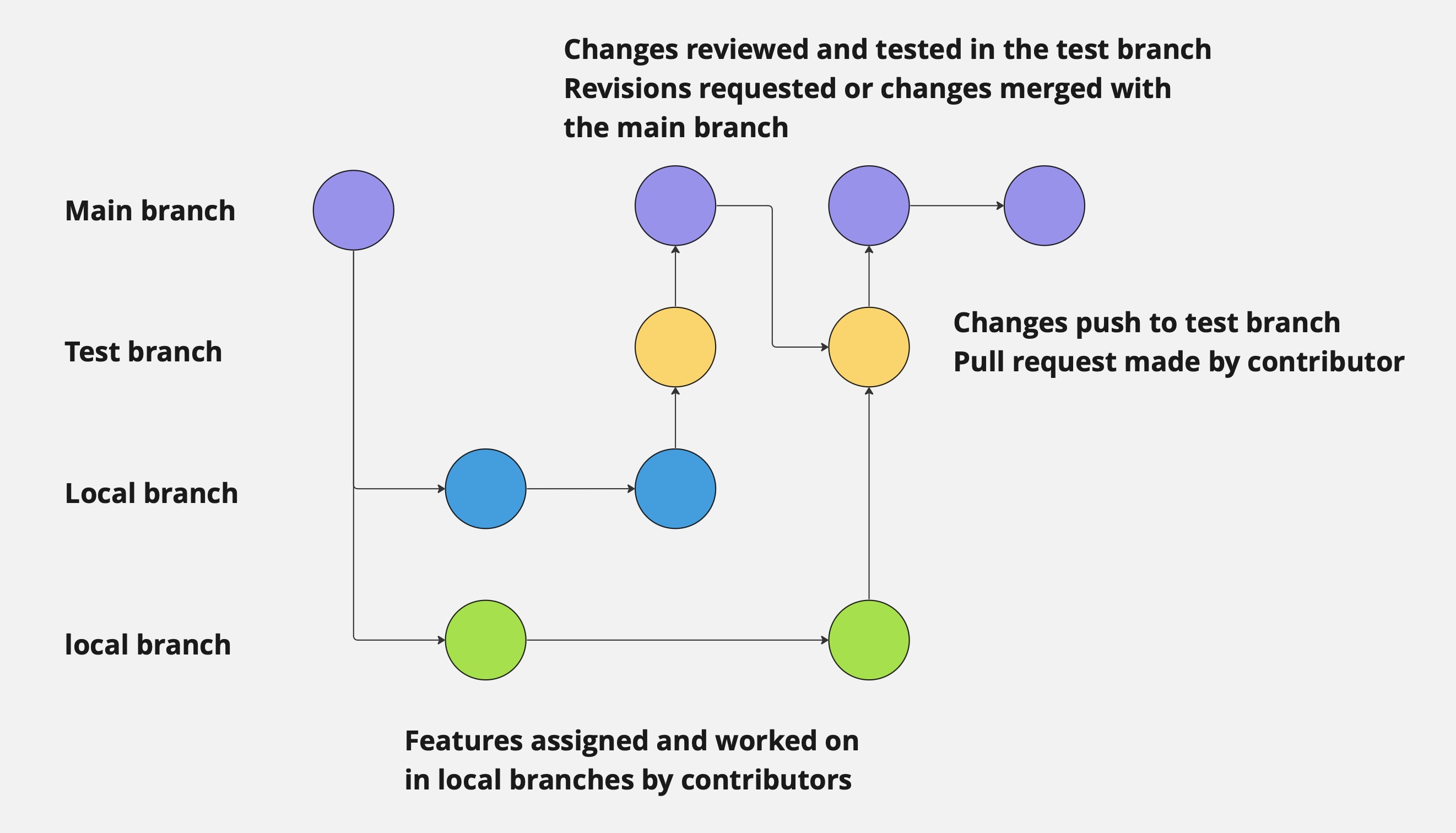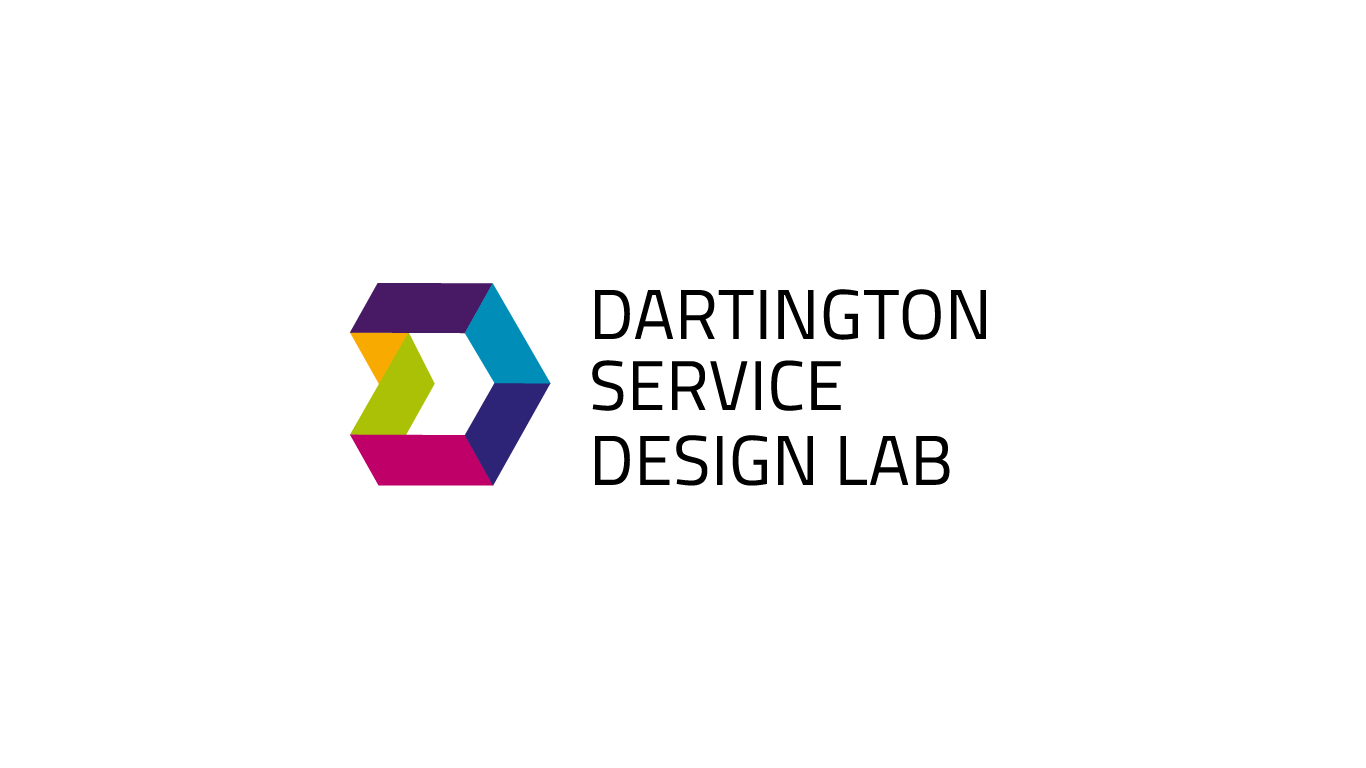Collaborative quantitative project workflows#
Collaborative programming takes coordination and organisation. Adhering to a few simple principles will make this process work (reasonably) smoothly
Designing the code structure#
The first thing to do is to design the code structure based on the project protocol. This will allow you to determine, monitor and assign tasks as you proceed through the project.
In true DSDL style, Miro is a useful tool for mapping out the code structure. This map should include:
The data engineering, cleaning, modelling, analysis and visualisation tasks to be completed
The functions that you expect will need to be created within each task
The map should be organised in chronological order of task completion
This map can then be translated into a tabular format to support the assignment and monitoring of tasks across the team
Project team#
There are a couple of roles that need to be fulfilled in a project to facilitate organisation
Roles and tasks#
Task assignment and monitoring: One person needs to be responsible for assigning tasks, monitoring their status and updating the status of the task in the task table
Code review: All team members should participate in code reviews. These should be conducted at all major milestones in the project. The aim of a code review is to ensure the quality of the code is consistent across the project. Code structure, naming conventions, bugs and issues can be assessed and discussed
Pull requests and merges: This is an important task as it is the point where code is reviewed, tested and then merged into the main project branch. Ideally one person is responsible for reviewing pull requests for testing and conducting that testing. A second person is then responsible for reviewing the tested code and merging it with the main branch. More on this in the next section
Collaborative programming cycle#
An example of how the Git workflow should work with a main branch, a test branch and two contributors working on features on their local branches

This process repeats until all tasks are completed
